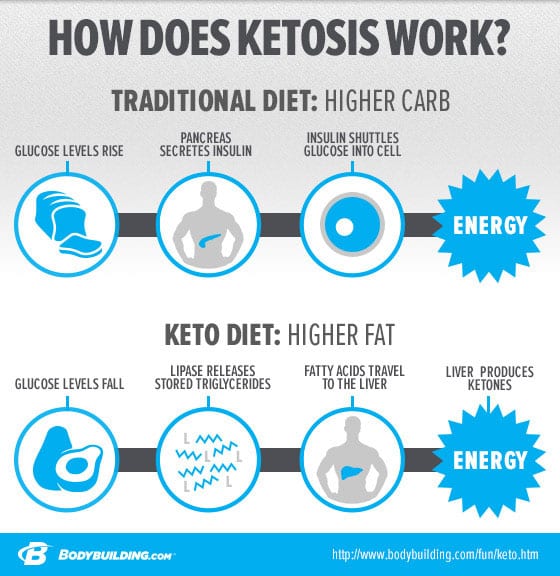You see them everywhere–although they look out of place in the grocery store, or at the movies, or–even worse–grooving in dance club. Why are they not in school?
They’re teachers, and if you’ve ever been a kid or had a kid, they’ve played a big role in your life.
But did you ever stop to think about THEIR lives?
Amy Green is a Texas English teacher who has a whole lot going on behind the scenes. The Legacy Press reports that when it became obvious that her daughter, Addyson, was missing important developmental milestones, this mother of four and her husband began searching for answers. When they finally found out that their daughter had Glucose 1 Transporter Deficiency Syndrome, often referred to as GLUT1 DS, they weathered some dark moments together.
Between 2008 to 2012, teacher’s stress leave increased by a whopping 10%. Now imagine having to take care of your child with GLUT1 DS as well.
“I felt hopeless,” Green admits, because GLUT1 DS is a rare genetic disorder that affects the nervous system and it has no cure. Frequent seizures are a common symptom of GLUT1 DS, and so the disease is often misdiagnosed as epilepsy. Current estimates report 500 cases of GLUT1 DS worldwide, but researchers are beginning to think those numbers may be higher.
Addyson falls into the approximate 10 percent of individuals with GLUT1 DS who have the non-epileptic form of the disorder. Most still have movement problems, such as involuntary tensing of their muscles. In newborns, the first sign of the disorder may be eye movements that are rapid, irregular, and involuntary.
“The blood-brain barrier in a kid with GLUT1 DS doesn’t work with carbohydrates so no energy goes through,” Green explains to the The Legacy Press based out of Klein Collins High School in Texas, “Without being on a high-fat, low-carb diet, the kids are very lethargic. They can’t move their muscles right.”
One thing that seems to help people with GLUT1 DS progress is strict adherence to a ketogenic diet. According to the GLUT1 Deficiency Foundation, this high fat, moderate protein, and low carbohydrate diet causes the body to produce and burn ketones for fuel in the absence of glucose. The ketones then serve as an alternative fuel source, and the energy they provide can help alleviate some of the symptoms of GLUT1 DS and help supply better nourishment for the developing brain.

For a busy working mother, this translates into scheduling time for tasks most people don’t have to think about. Addyson’s daily food intake needs to be measured exactly to make sure the right balance of fats to carbs is achieved. Her usual breakfast includes 50 grams of heavy cream and 10 grams of olive oil poured over two tablespoons of Cheerios, for example. Green also needed to spread the word about her daughter’s diet to all the adults Addyson came into contact with and the reason why it’s essential that she stick to it. It’s important that Addyson doesn’t eat what the rest of the kids around her eat.
Green believes that Addyson will be able to live a normal life as long as she’s able to maintain this diet. “The prognosis is good,” Green says, “There’s no limit on how far she can progress.”
So the next time you’re discombobulated by seeing a teacher out of context, take a moment to reflect on the struggles s/he might be facing at home while they dedicate their energy to the students who need them, too.
If this story about a teacher caring for her daughter living with Glut1 DS doesn’t give you a new appreciation for teachers everywhere, you have no soul :).
Share this story with your social networks by clicking a button below.


